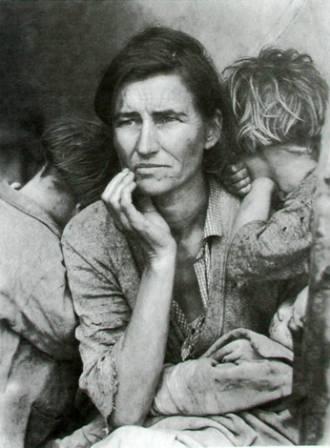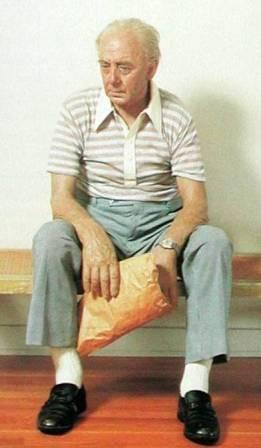 |
| HOME | GLOBAL | DISTRICTS | CLUBS | MISSING HISTORIES | PAUL HARRIS | PEACE |
| PRESIDENTS | CONVENTIONS | POST YOUR HISTORY | WOMEN | FOUNDATION | COMMENTS | PHILOSOPHY |
| SEARCH | SUBSCRIPTIONS | JOIN RGHF | EXPLORE RGHF | RGHF QUIZ | RGHF MISSION | |
|
|
|
Joseph L. Kagle, Jr. Peace Essays
|
|
For all of us to find peace for everyone in this world, we must see everyone around us: rich and poor, young and old, powerful and powerless, good and otherwise,” us” and “ them”, etc., etc. It is so easy not to see what we do not want to recognize. There are those around us each day that we choose to ignore and pass by. If peace is ever to be a reality, we must find a way to relate to those that are hard to see.
Avert Your Eyes. Never Memorize.
Driving to Richland Mall, I pulled up beside a shape, a blurred image out of the corner of my eye, which told my mind that this was something not to be viewed. For seconds, I tried not to look at the form bundled against the wind and the cold. Thanks to a seemingly-long light, I had time to consider myavert eyes, my conscious decision not to look at the man begging beside the road. Therefore I looked. I saw a used, old, water-shrunk, leathery face. It was a face sagging at the corners and punctuated by the gray stubble of a beard. I stroked my own graying to white beard and read his prominently displayed sign: "Need Work. I am homeless, hungry and broke. Need help. God Bless and thank you."
Trying to look him in the eye, to see the man behind the nature-worn face, I found the effort fruitless. Our eyes played a game of social dodge ball. Even as I looked and tried to see, I found myself holding back some aspect of self. Therefore I merely observed the beggarman until the light changed.
One foot hugged the curb, one foot in a used Nike tennis shoe, while the other Nike seemed restless in the grass. One foot was anchored to the man-made security of concrete where the other danced over the grass as if nature was a hunter-beast. The sand-fed grass beside the highway was sparse and gray-green. He wore a battle garment, an insulated pull-on suit which seemed to withstand this and future cold with zippered leggings half zipped. Of course the light changed and my normal day continued. But the leathery face was now etched into my artistic mind. Images are more powerful than stories. Images live in a sort of vertical space which jumps into our consciousness at any time. Stories must live in some man-created linear time which allows us the liberty to say, "That is past. I live in the present. And the future will take care of itself." With stories, some images can be erased from our minds. With an etched image which does not rely on time, this kind of image is called up at any time.
We all have those. The image of Grandma's not-real body in the casket when we first saw a dead loved one in the funeral home. Parents can explain away the image, helping us to sleep when we are young, but the image is always there. Some children today have seen their schoolmates murdered on the street. That is an image which is etched into their gallery of the mind. Those kind of images may never be lost. We keep them in our data base and have little control over when they decide to invade our conscious world. So it is with the begging man holding down the concrete of the highway and nervously playing footsie with the road grass.
With that image cemented into my being, how can I forget the homeless? Where did I learn to ignore the man at the side of the road? My wife takes apples with her and hands one to someone with the kind of sign that I saw at Richland Mall: "Homeless. Hungry. And Broke." Isn't it appropriate that I finally saw the beggar man at a place called "Richland" Mall? Maybe that is it. If we have any wealth, we avert our eyes from this man for fear of losing our riches. By looking in the opposite direction, not recognizing the man's existence, we will meticulously never be that man. We don't have to mouth, "There for the grace of God, goes..."
Can't even complete that time-worn phrase! There is a secret alchemy that goes on, a myth of transformation that makes one image become another. We ward off the transformation with Mother's wisdom, "Out of sight; out of mind."
Certainly, we can't keep all the needing, shocking images that bombard into our memory, that rush into minds like a data flood. It is certain that we can't keep them all, drowning in a sea of pictures. Next time though, when I pass a huddled mass by the side of the road, I carry apples.
|
| RGHF peace historian Joseph L. Kagle, Jr., 3 September 2006 |

